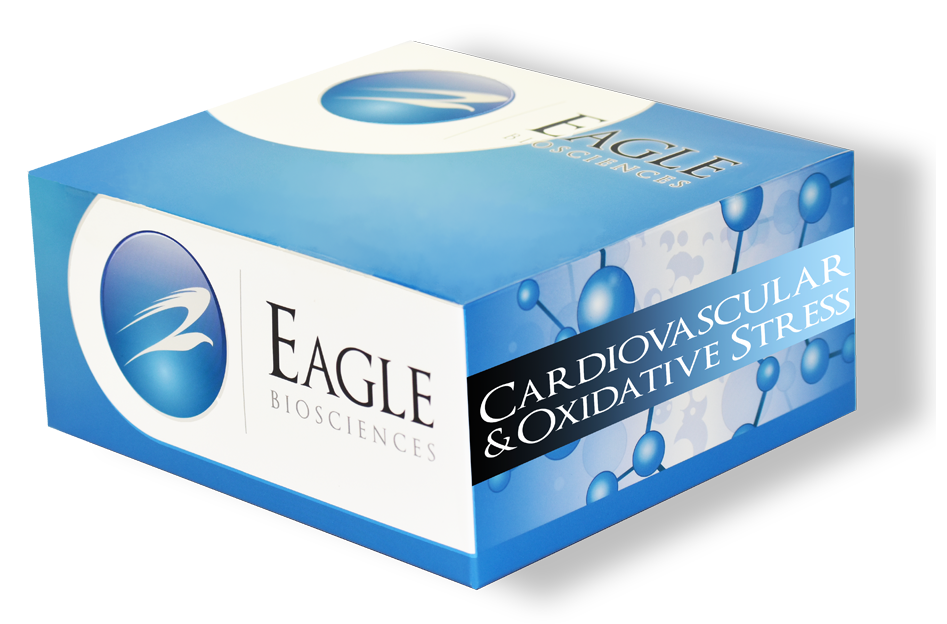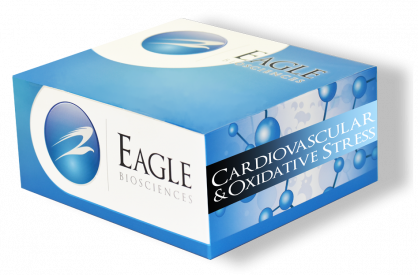Apolipoprotein E ELISA Assay
The Apolipoprotein E ELISA Assay is For Research Use Only
Size: 1×96 wells
Sensitivity: 200 pg/ml
Dynamic Range: 156-10000 pg/ml
Incubation Time: 4.5 hours
Sample Type: Serum, Plasma, or other biological fluids
Sample Size: 100 µL
Alternative Name: Human ApoE
SAMPLE COLLECTION & STORAGE INFORMATION
The sample collection and storage conditions listed below are intended as general guidelines. Sample stability has not been evaluated.
Serum- Use a serum separator tube (SST) and allow samples to clot for few minutes before centrifugation for 10 minutes at 1000 x g at 4°C. Collect serum and assay immediately or aliquot and store samples at -80°C up to 3 months. Avoid repeated freeze-thaw cycles.
Plasma – Collect plasma using EDTA or heparin as an anticoagulant at 4°C. Centrifuge for 10 minutes at 1000 x g at 4°C within 30 minutes of collection. Assay immediately or aliquot and store samples at-80°C up to 3 months. Avoid repeated freeze-thaw cycles.
Other Biological Fluids – Centrifuge samples for 10 minutes at 1000 g at 4°C. Assay immediately or aliquot and store samples at-80°C up to 3 months. Avoid repeated freeze-thaw cycles.
Assay Background
Apolipoprotein E (ApoE) is a major apoprotein of the chylomicron. It binds to a specific liver and peripheral cell receptor, and is essential for the normal catabolism of triglyceride-rich lipoprotein constituents. This gene maps to chromosome 19 in a cluster with the related apolipoprotein C1 and C2 genes. Mutations in this gene result in familial dysbetalipoproteinemia, or type III hyperlipoproteinemia (HLP III), in which increased plasma cholesterol and triglycerides are the consequence of impaired clearance of chylomicron and VLDL remnants. Alternative splicing results in multiple transcript variants. [provided by RefSeq, Nov 2014] Apolipoprotein E (ApoE) mediates the binding, internalization, and catabolism of lipoprotein particles. It can serve as a ligand for the LDL (apo B/E) receptor and for the specific apo-E receptor (chylomicron remnant) of hepatic tissues.
Related Products
Apolipoprotein CI ELISA Assay
Apolipoprotein B ELISA Assay
Apolipoprotein E ELISA Assay


